 Scientists have designed and created in the laboratory the first experimental wormhole that can connect two regions of space magnetically. This consists of a tunnel that transfers the magnetic field from one point to the other while keeping it undetectable - invisible - all the way.
Scientists have designed and created in the laboratory the first experimental wormhole that can connect two regions of space magnetically. This consists of a tunnel that transfers the magnetic field from one point to the other while keeping it undetectable - invisible - all the way.
Sep 3rd, 2015
Read more
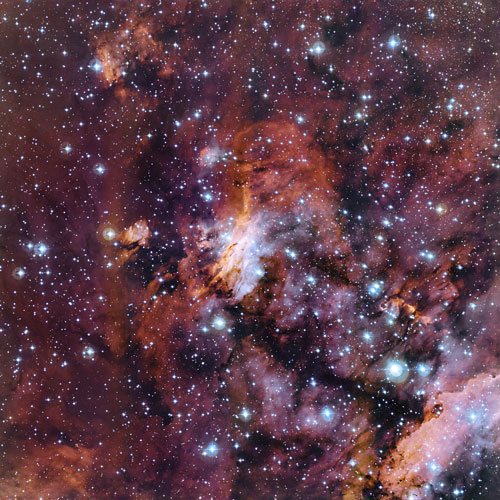 Dominating this image is part of the nebula Gum 56, illuminated by the hot bright young stars that were born within it. For millions of years stars have been created out of the gas in this nebula, material which is later returned to the stellar nursery when the aging stars either expel their material into space or eject it as supernova explosions.
Dominating this image is part of the nebula Gum 56, illuminated by the hot bright young stars that were born within it. For millions of years stars have been created out of the gas in this nebula, material which is later returned to the stellar nursery when the aging stars either expel their material into space or eject it as supernova explosions.
Sep 2nd, 2015
Read more
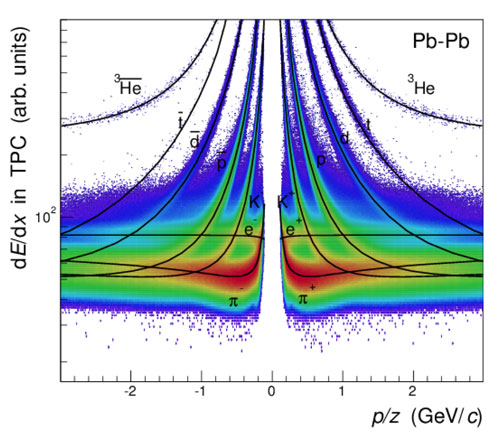 CERN: Most precise measurement of mass and charge of light nuclei and anti-nuclei.
CERN: Most precise measurement of mass and charge of light nuclei and anti-nuclei.
Sep 2nd, 2015
Read more
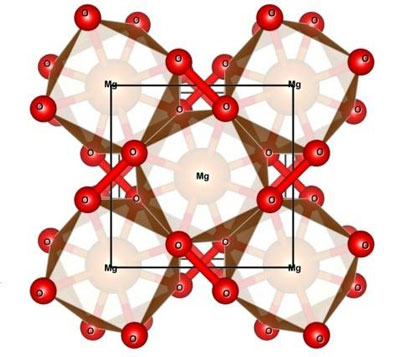 As astronomers continue finding new rocky planets around distant stars, high-pressure physicists are considering what the interiors of those planets might be like and how their chemistry could differ from that found on Earth. New work demonstrates that different magnesium compounds could be abundant inside other planets as compared to Earth.
As astronomers continue finding new rocky planets around distant stars, high-pressure physicists are considering what the interiors of those planets might be like and how their chemistry could differ from that found on Earth. New work demonstrates that different magnesium compounds could be abundant inside other planets as compared to Earth.
Sep 1st, 2015
Read more
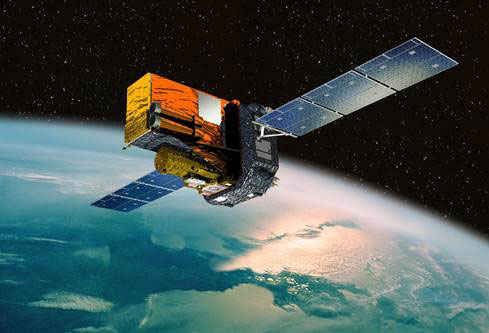 Researchers have developed a new method to eliminate artificial satellites in Highly Elliptical Orbits when they finish their mission. The methodology, which allows for a reduction of both cost and risk, has been tested with the European Space Agency INTEGRAL mission, which will re-enter into the Earth's atmosphere in order to disintegrate in 2029.
Researchers have developed a new method to eliminate artificial satellites in Highly Elliptical Orbits when they finish their mission. The methodology, which allows for a reduction of both cost and risk, has been tested with the European Space Agency INTEGRAL mission, which will re-enter into the Earth's atmosphere in order to disintegrate in 2029.
Sep 1st, 2015
Read more
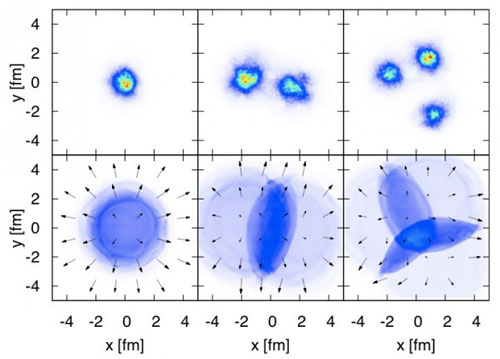 Particles colliding at nearly light speed reveal information about the true nature of matter.
Particles colliding at nearly light speed reveal information about the true nature of matter.
Aug 31st, 2015
Read more
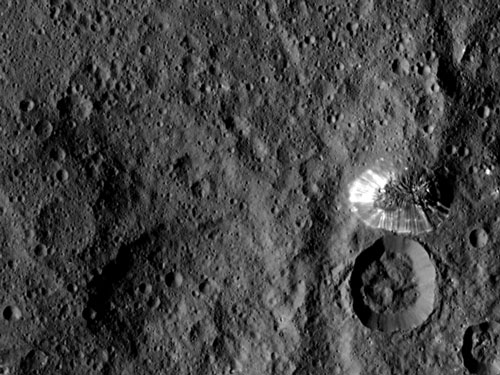 Just arrived in a new orbit: from an altitude of only 1470 kilometres, the Dawn space probe is now gazing at the dwarf planet Ceres.
Just arrived in a new orbit: from an altitude of only 1470 kilometres, the Dawn space probe is now gazing at the dwarf planet Ceres.
Aug 27th, 2015
Read more
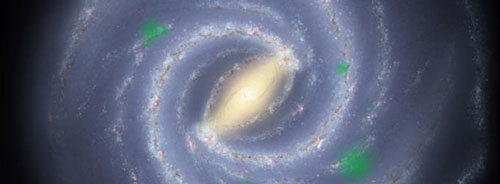 New research by astrophysicists shows that if life can travel between the stars (a process called panspermia), it would spread in a characteristic pattern that we could potentially identify.
New research by astrophysicists shows that if life can travel between the stars (a process called panspermia), it would spread in a characteristic pattern that we could potentially identify.
Aug 27th, 2015
Read more
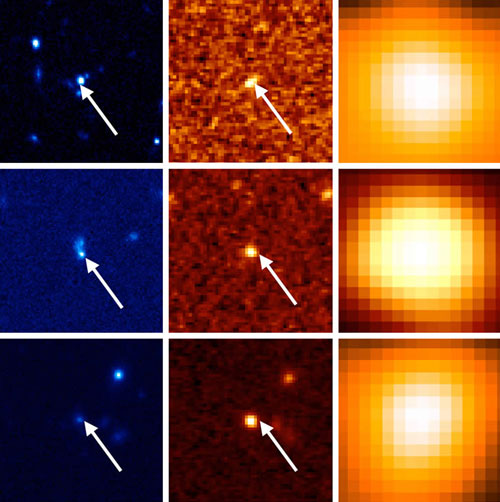 Astronomers performed an extensive search for Dust Obscured Galaxies (DOGs) using data obtained from the Subaru Strategic Program with Hyper Suprime-Cam (HSC). The research group discovered 48 DOGs, and has measured how common they are. Since DOGs are thought to harbor a rapidly growing black hole in their centers, these results give us clues for understanding the evolution of galaxies and supermassive black holes.
Astronomers performed an extensive search for Dust Obscured Galaxies (DOGs) using data obtained from the Subaru Strategic Program with Hyper Suprime-Cam (HSC). The research group discovered 48 DOGs, and has measured how common they are. Since DOGs are thought to harbor a rapidly growing black hole in their centers, these results give us clues for understanding the evolution of galaxies and supermassive black holes.
Aug 27th, 2015
Read more
A team of international scientists has shown for the first time that galaxies can change their structure over the course of their lifetime.
Aug 27th, 2015
Read more
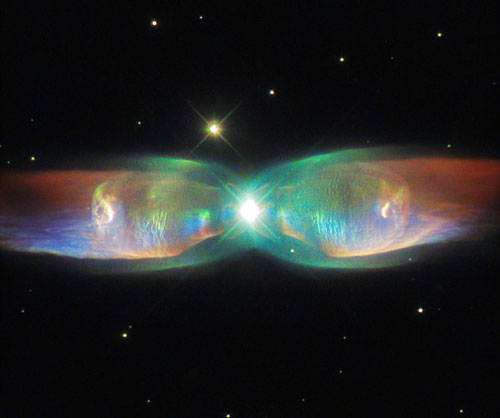 The shimmering colours visible in this NASA/ESA Hubble Space Telescope image show off the remarkable complexity of the Twin Jet Nebula. The new image highlights the nebula's shells and its knots of expanding gas in striking detail.
The shimmering colours visible in this NASA/ESA Hubble Space Telescope image show off the remarkable complexity of the Twin Jet Nebula. The new image highlights the nebula's shells and its knots of expanding gas in striking detail.
Aug 26th, 2015
Read more
The research confirms rapid brightening events in otherwise normal pulsating white dwarfs, which are stars in the final stage of their life cycles.
Aug 26th, 2015
Read more
Researchers report on a new material that heals itself within seconds and could prevent structural penetration from being catastrophic.
Aug 26th, 2015
Read more
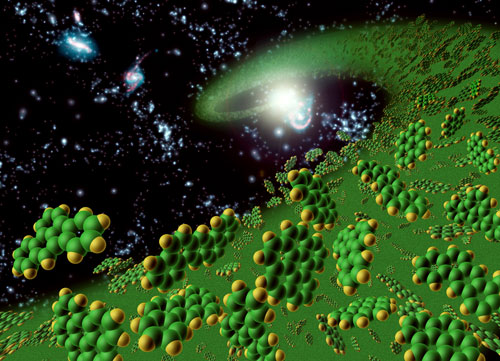 It is one of the most intriguing questions in astrochemistry: the mystery of the diffuse interstellar bands (DIBs), a collection of about 400 absorption bands that show up in spectra of light that reaches the earth after having traversed the interstellar medium. Despite intense research efforts over the last few decades, an assignment of the DIBs has remained elusive, although indications exist that they may arise from the presence of large hydrocarbon molecules in interstellar space. Recent experiments lend novel credibility to this hypothesis.
It is one of the most intriguing questions in astrochemistry: the mystery of the diffuse interstellar bands (DIBs), a collection of about 400 absorption bands that show up in spectra of light that reaches the earth after having traversed the interstellar medium. Despite intense research efforts over the last few decades, an assignment of the DIBs has remained elusive, although indications exist that they may arise from the presence of large hydrocarbon molecules in interstellar space. Recent experiments lend novel credibility to this hypothesis.
Aug 21st, 2015
Read more
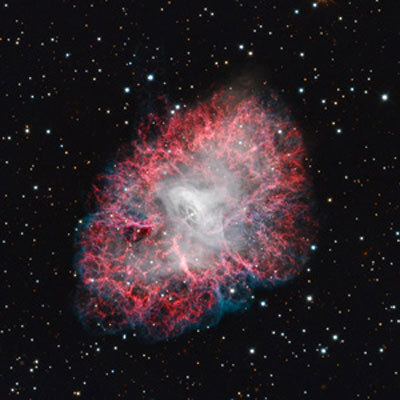 The particle wind generated by spinning neutron stars is driven by exotic electromagnetic waves that push the particles to relativistic speeds.
The particle wind generated by spinning neutron stars is driven by exotic electromagnetic waves that push the particles to relativistic speeds.
Aug 21st, 2015
Read more
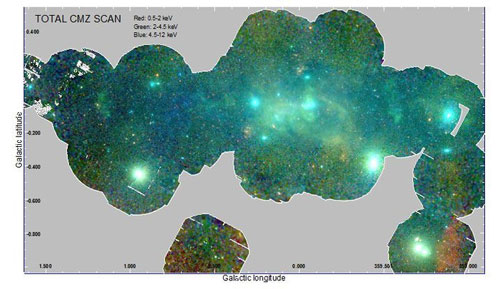 Using the X-ray satellite XMM-Newton, astronomers observe the events around the black hole at the centre of our galaxy.
Using the X-ray satellite XMM-Newton, astronomers observe the events around the black hole at the centre of our galaxy.
Aug 20th, 2015
Read more
Four researchers explain why nailing down the causes of stellar explosions known as Type Ia supernovae may help unravel the dynamics of stars, galaxies and even the Universe on its grandest scales.
Aug 19th, 2015
Read more
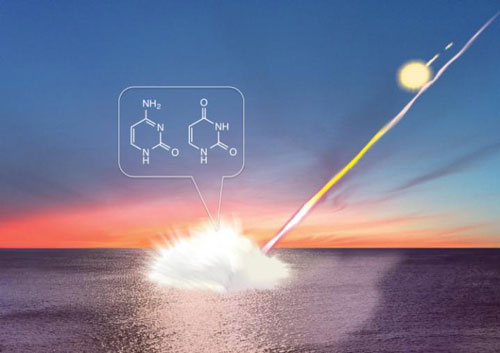 A new study shown that meteorite impacts on ancient oceans may have created nucleobases and amino acids. Researchers discovered this after conducting impact experiments simulating a meteorite hitting an ancient ocean.
A new study shown that meteorite impacts on ancient oceans may have created nucleobases and amino acids. Researchers discovered this after conducting impact experiments simulating a meteorite hitting an ancient ocean.
Aug 19th, 2015
Read more
 Scientists have designed and created in the laboratory the first experimental wormhole that can connect two regions of space magnetically. This consists of a tunnel that transfers the magnetic field from one point to the other while keeping it undetectable - invisible - all the way.
Scientists have designed and created in the laboratory the first experimental wormhole that can connect two regions of space magnetically. This consists of a tunnel that transfers the magnetic field from one point to the other while keeping it undetectable - invisible - all the way.
 Subscribe to our Space Exploration News feed
Subscribe to our Space Exploration News feed











